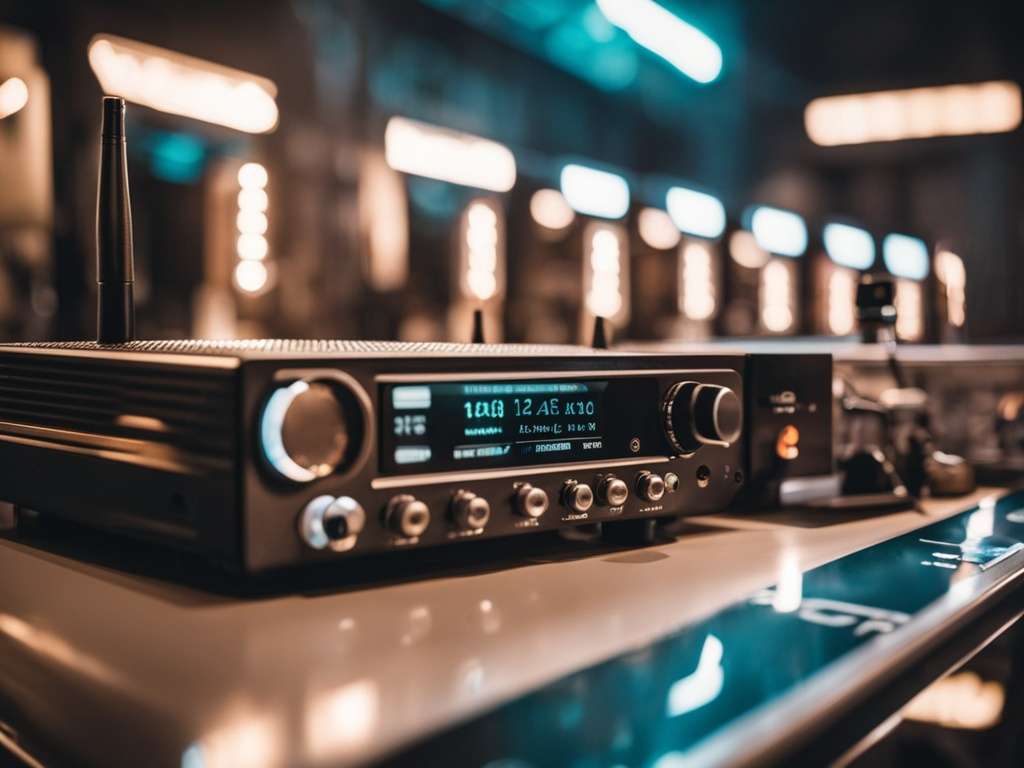What is a "Signal To Jamming And Noise Ratio"? The Most Authoritative Explanation.
What is noise jamming and how does it work?
The noise jamming essentially consists in generating into the target’s receiver the increasing of the background (thermal) noise level, then reducing the receiver’s Signal to Noise Ratio (SNR).What is signal to noise ratio?
Signal-to-Noise Ratio Explained. Bernd Schunack / Getty Images. A signal-to-noise ratio compares a level of signal power to a level of noise power. It is most often expressed as a measurement of decibels (dB). Higher numbers generally mean a better specification, since there is more useful information (the signal) than there is unwanted data ...What is the formula for jamming to signal?
JAMMING TO SIGNAL (J/S) RATIO - CONSTANT POWER [SATURATED] JAMMING The following table contains a summary of the equations developed in this section. JAMMING TO SIGNAL (J/S) RATIO (MONOSTATIC) J/S = (Pj G ja4B R ) / (P t G t F) (ratio form)* or: 2How to reduce the J/S of a jamming signal?
C If the frequency of modulation is greater than the BW of the tracking radar reduce J/S by 20 Log (duty cycle). For example; if your jamming signal is square wave chopped (50% duty cycle) at a 100 Hz rate while jamming a 1 kHz bandwidth receiver, then the J/S is reduced by 3 dB from the maximum.Related Articles
Why do cell phone jammers exist?What is a GPS jammer and how a GPS jammer works?
What are GPS jammers?
How to make a radio frequency jammer?
How to make a GPS Jammer? DIY your GPS jammer.
How to Disassemble a “GPS Jammer” Mini Device
How To Detect Wifi Jammer?
How does Cell Phone Jammer Work?
How does a signal jammer work?

















